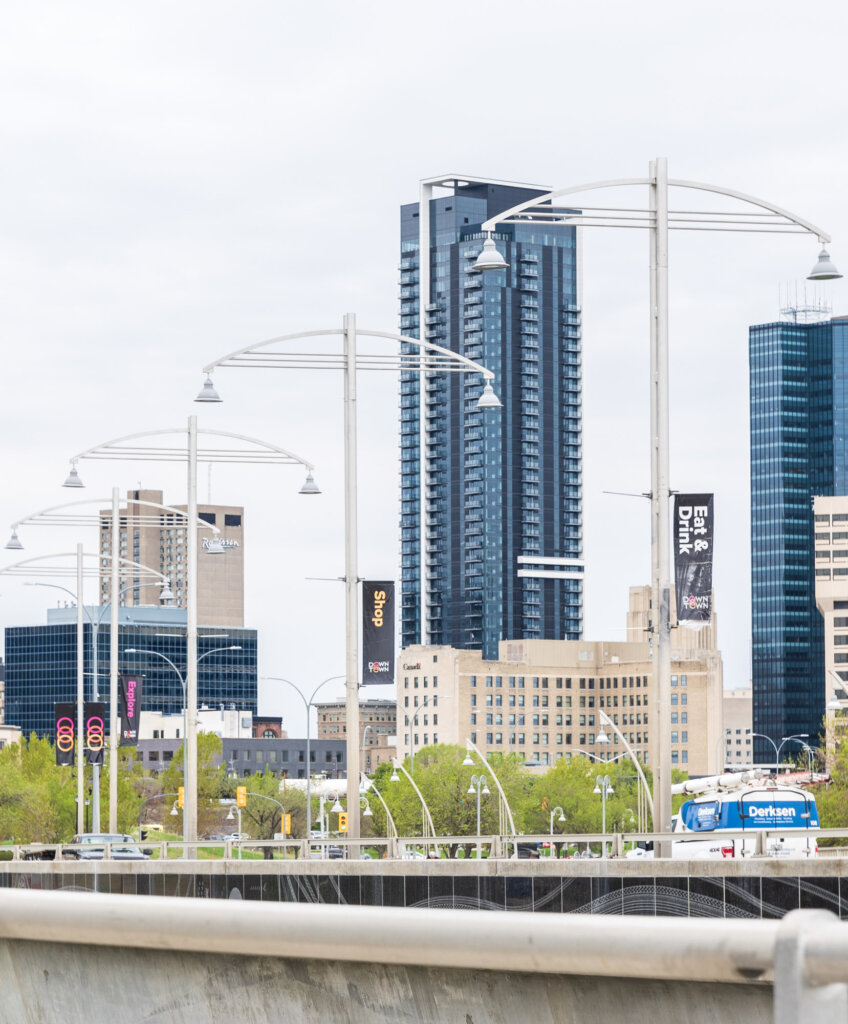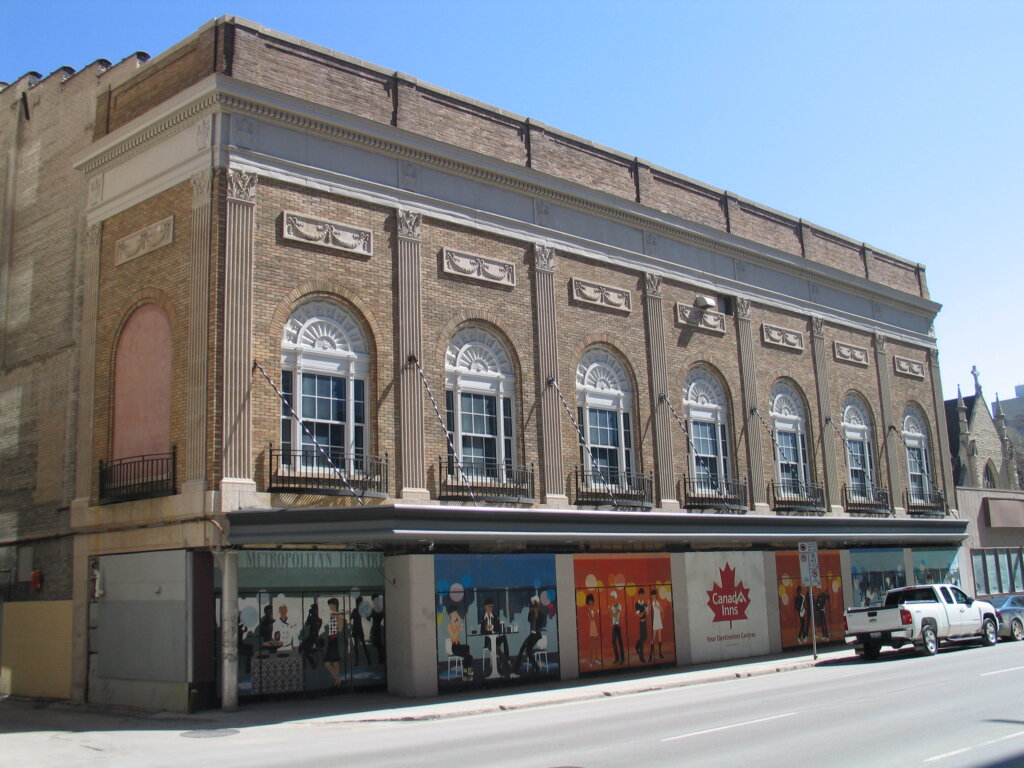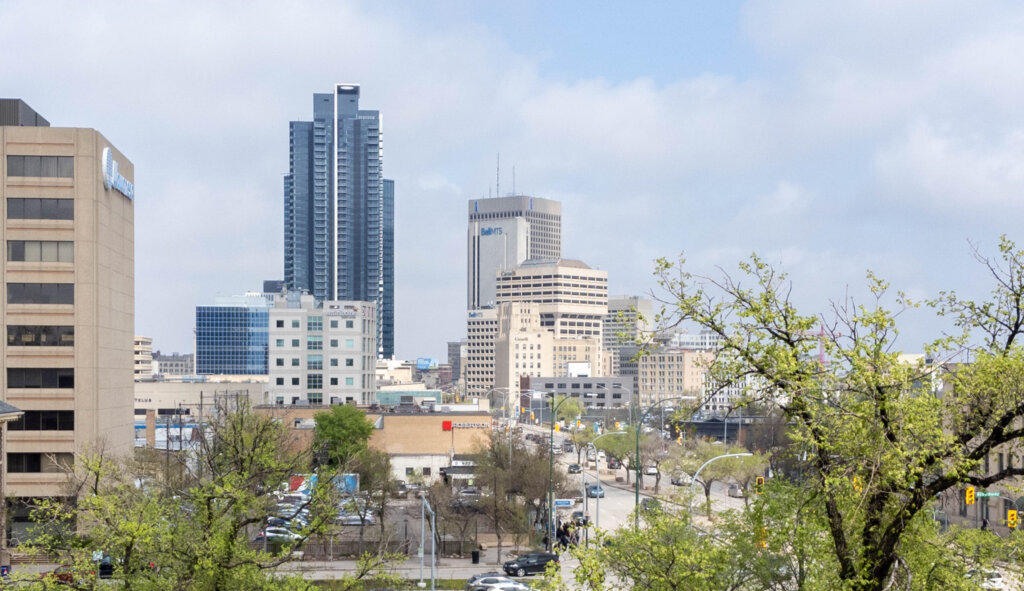
Winnipeg, a city rich with cultural and architectural diversity, stands as a testament to the evolution of design and construction. It’s a place where historical buildings tell stories of the past, and modern structures showcase innovation and sustainability.
Let’s dive into some of the city’s most notable buildings, each with its own unique story.
Historic Architecture
The Manitoba Legislative Building (1920): Located at 450 Broadway, is not merely a political hub but a beacon of Beaux-Arts Classical architecture. Crowned by the famous Golden Boy statue, it symbolizes Manitoba’s youth and progress.
The Metropolitan Theatre (1920): Located at 281 Donald Street, the Metropolitan Theatre, originally the Allen Theatre, showcases a luxurious neo-classical design. Its unchanged façade since 1919 serves as a reminder of Winnipeg’s history, now repurposed as a venue for events and dining.

Modernist Contributions
Église du Précieux Sang (1967): At 200 Kenny Street, this modernist building designed by Etienne Gaboury is known for its spiraling structure inspired by teepee forms, reflecting the mid-20th-century architecture of Winnipeg.
The Royal Canadian Mint (1976): Located at 520 Lagimodière Boulevard, this structure highlights the spirit of Winnipeg’s modern architecture.
Contemporary Icons

Among Winnipeg’s architecture, 300 Main stands out as a symbol of the future of urban living. This is not just a residential building; it’s a beacon of modern design and sustainability. With its glass façade, 300 Main reflects the city’s skyline while offering breathtaking views to its residents.
For a deeper dive into Winnipeg’s historic architectural styles, join the Historic Walking Tours or explore at your own pace with the self-guided Audio Walking Tours. These tours cover everything from turn-of-the-century architecture to the iconic 1919 Winnipeg General Strike, enriching your appreciation of the city’s architectural and historical landscape, that tells a story of how Winnipeg keeps its history close while also looking ahead to the future.




